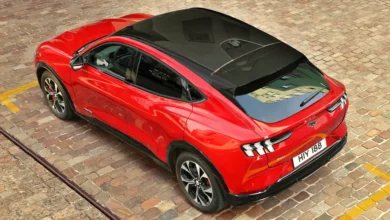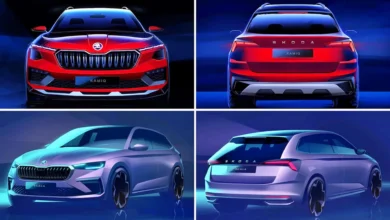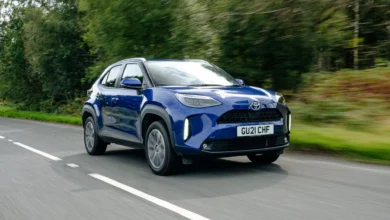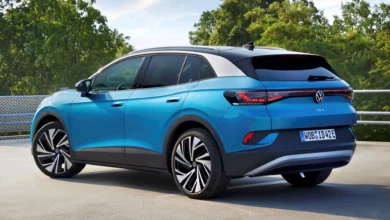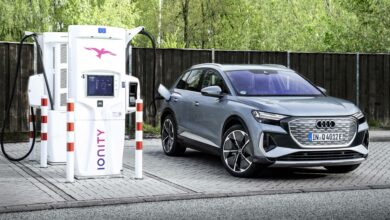
Are you not sure if you should invest in placing a charger for your electricity at home? There are many who, when buying an electric, doubt whether or not they should put a fixed charger, or if they will be able to shoot with the occasional one, or even if you will be able to depend on public points.
So, should you install a charger in your garage? The short answer is yes, that you should put your charger for several reasons that we break down in this article, but that we can summarize in three basic aspects: charging speed, efficiency, and safety, and that it will also not involve too high an investment that as We will see below, it will mean an investment of between 500 and 900 euros, just counting the level 3 charger.
What is a home charger for electric vehicles?
As its name suggests, a home charger is a charging device for your electric vehicle. Domestic chargers for electric vehicles stand out for offering us the comfort of being able to charge whenever we want, and also do so with rates that are usually more competitive than public rates. In itself, against it is the necessary investment to buy the equipment, and carry out the installation.
Chargers designed for the home often have several installation methods. Some chargers can be plugged into the nearest 230-volt outlet available in most homes, while others require dedicated wiring to be done by an installation company. They tend to be slower than many public charging networks, but that’s what you want to keep your electric vehicle’s battery healthy; It will also allow you to save money on the electricity bill.
How fast are home electric vehicle chargers?
Most currently available electric vehicle chargers for your home are slower than those found on public charging networks. However, this is exactly what you want with a home charger.
Fast charging supplies a lot of power, which can create heat that will “ stress ” batteries more than AC (alternating current) charging. Some vehicles also have battery conditioning designed to bring the battery to the optimum temperature for charging. Although thermal stress has minimal impact on battery life over time, it is still a good idea to rely on Level 3 for daily charging.
Level 3 chargers are a good way to keep electric vehicle batteries healthy for the long haul. Rated at about 32 amps, level 3 home chargers are typically rated at 7.4 kW. This serves to add about 40 kilometers of range per hour to your car. Although it is slower than public DC fast chargers, it is a perfect speed to fully charge your vehicle overnight.
We can summarize the charging times according to the power used and the model:
Charge up to 100%
| Model | 16 amps/3.7 kW | 32 amps/7.4 kW | 32 amps/11 kW |
| Peugeot e-208 | 3:15 p.m. | 7:45 a.m. | NA |
| Volkswagen ID.3 58 kWh | 5:30 p.m. | 8:45 a.m. | 5:52 a.m. |
| Volkswagen ID.3 77 kWh | 11:30 p.m. | 12:15 p.m. | 8:15 a.m. |
| Tesla Model 3 Long Range | 10:30 p.m. | 11:20 a.m. | 7:15 a.m. |
| Renault ZOE 52 kWh | 16 hours | 9:25 a.m. | 6 hours (3 hours at 22 kW) |
| KIA eNiro 64 kWh | 17 hours | 8:30 a.m. | NA |
Which home charger is right for my electric vehicle?
As the number of electric vehicles increases each year, so does the availability of public charging networks and home chargers. But, which one is the perfect one for your electric vehicle? Well, it mainly depends on your charging port.
Fortunately, most electric vehicles on the market today do not use their charging port, except for Tesla. When Tesla started making the Model S, no standard port was used, so Elon Musk designed a slimmer connector that could handle high-performance charging.
Most electric vehicles you will come across use a CCS port. These are compatible with a lot of fast DC (direct current) chargers on various networks in the country. One of the few remaining EVs on the market that does not have a CCS port is the Nissan Leaf, which uses a CHAdeMO port.
It is important to note that companies that sell home chargers also have public charging networks that support multiple charging ports. These companies want their chargers to be compatible with various modern electric vehicles.

Tesla also sells its home charger called the Wall Connector. It has several advantages; the Wall Connector is more affordable, priced at 599 euros, and can generate up to 11.5 kW of power. Tesla will even put you in touch with a Tesla-certified technician to install it in your home. As a drawback, these chargers do not have intelligent power management (dynamic load balancing ) therefore they do not dynamically adjust to the power available in the home, and in many cases, it is necessary to increase the contracted power to be able to use the charger.
Should I buy a home charger?
If you’re a homeowner and don’t mind having one professionally installed, a home EV charger is a no-brainer. This is one of the most important parts of owning an electric vehicle. Minimizing range anxiety is the best way to enjoy driving your new electric car with peace of mind.
Level 3 home chargers range from 500 to 900 euros, and although they are expensive, they are a one-time purchase that will make your life easier in the long run.
However, if you live in an apartment building and cannot install a home charger, you can still purchase an EV. Take a look at charging networks on your daily commute, and see if scheduling when to charge can work in your daily routine.
